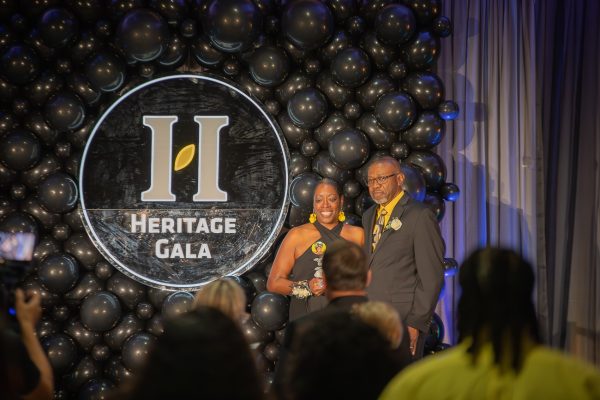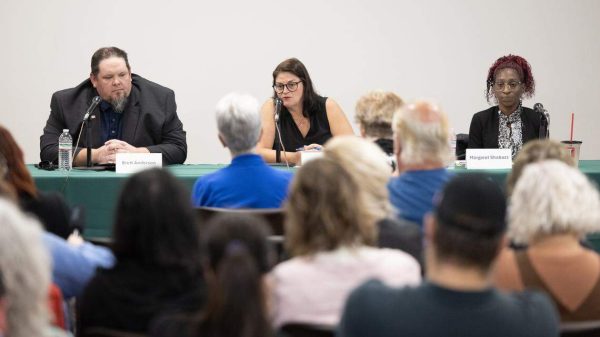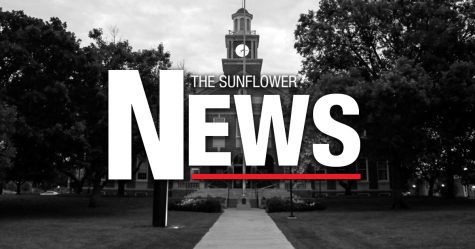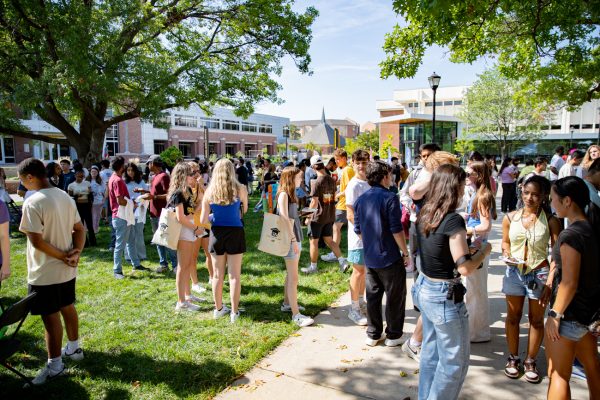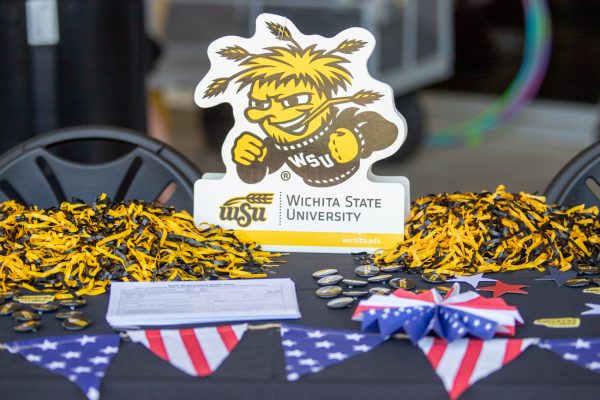Follow-up diversity forum focuses on progress, community development
The discussion about diversity at Wichita State continued Friday with a forum led by President John Bardo, as a follow-up to the forum held in November.
Strides toward a more diverse campus are being made, Bardo said to an audience of about 50 people Friday.
The first forum at WSU came after racial tensions at the University of Missouri in Columbia led to student protests and the resignation of its president.
Although the buzz has quieted on the WSU campus since fall, Bardo said he wants students to realize progress has been made, including the appointment of Marché Fleming-Randle as an assistant to the president for diversity, new Title IX coordinator Natasha Stephens, and Bardo’s recent involvement on the National Urban League board.
“We are all about the same set of issues,” Bardo said about the National Urban League. “At the end of the day, Wichita can only be strong. Kansas can only be strong. If we have a reasonable opportunity for everybody to have access to education, and for that access in itself to be reasonable.”
By joining the League — a civil rights organization that advocates against racial discrimination — Bardo said he wants anyone who comes to WSU — whether for educational purposes or as a visitor — to feel welcome and be safe. He also wants current and incoming students to be able to move forward academically and achieve their goals.
Besides following up on the topics discussed at the last forum, Bardo said the forums have continued the dialogue to consider what other topics need to be addressed.
Concurrent enrollment
As WSU has returned to concurrent enrollment, which allows high school students to take college courses for credit, the Kansas Legislature has pushed back. WSU is seeking low-cost ways to offer that option so participating students have started their college track before graduation. Bardo said he hopes waiving the fees for students on free and reduced lunch encourages students in lower-income demographics to attend college.
“If we’re going to do concurrent enrollment, we have to do it at high quality,” Bardo said. “It has to be a collegiate experience and not just awarding credit for high school work, because that doesn’t prepare the student for college.”
The goal is to help the incoming students overcome the financial challenges they face at home in order for them to achieve in their studies and get accepted into a university.
The concurrent program would not supply funds for the university because the fees would be waved. The program is being set up strictly to improve relationships and access within the community, Bardo said.
Along with concurrent enrollment, said he wants to target middle school students so they can make better choices and have goals after reaching high school.
Concurrent enrollment is making the change from STEM (Science, Technology, Engineering and Math) to STEAM (Science, Technology, Engineering, Arts and Math) learning in order to add the arts.
“On TRIO day, one of the USD 259 teachers used that acronym when talking to some of the students,” said Darryl Carrington, community liaison between WSU and its surrounding neighborhoods. “Art can sometimes bring students into other departments, as well, so how do you feel about taking that step?”
Bardo said he agrees with the idea of STEAM. He also mentioned an upcoming project in the School of Art Design and Creative Industries.
“The School of Art Design and Creative Industries is currently proposing what they are calling an ‘Ideas Lab,’” Bardo said. “This Ideas Lab will bring together engineering students and artists into the same space so they are working on the same machines and sharing information, which is already being done on a trial basis.”
Through this Ideas Lab project, incoming and current students would have an opportunity to interact in ways different from other universities. Overall, the estimated cost of the lab is about $7 million.
Diversity Council
One of the questions that came out of the forum was about the selection process of the Diversity Council. Many attendees Friday wanted to know how the members were chosen and why it was not an open application process.
“This process was not about egos,” Fleming-Randle said. “It was about who we could put at the table that could do the job. The color of your skin is not what got you in [the council]. Members were chosen by the qualifications that they can bring to the table.”
Fleming-Randle and Bardo said they want people at WSU and in the community to know the conversation of diversity will continue.
One goal of the council is student retention, not just minorities and diversity training for the faculty and staff. The conversation about diversity changed tones to include not only race, but also gender and sexual orientation.
Much of the forum was directed at incoming students, but current students are still a focus.
“The students have a voice,” Fleming-Randle said. “We just need more people to show up at these meetings, be involved and let us know what is going on.”
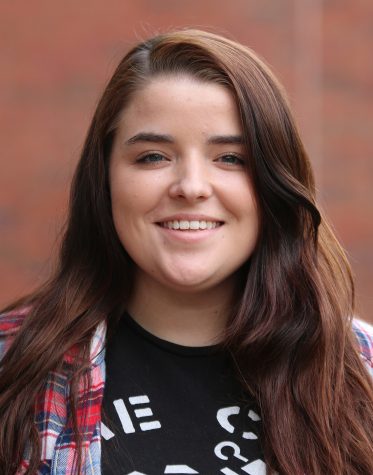
Marissa Campbell was the Culture Editor for The Sunflower. Campbell wrote music reviews as well as arts, culture and other entertainment stories. From...



